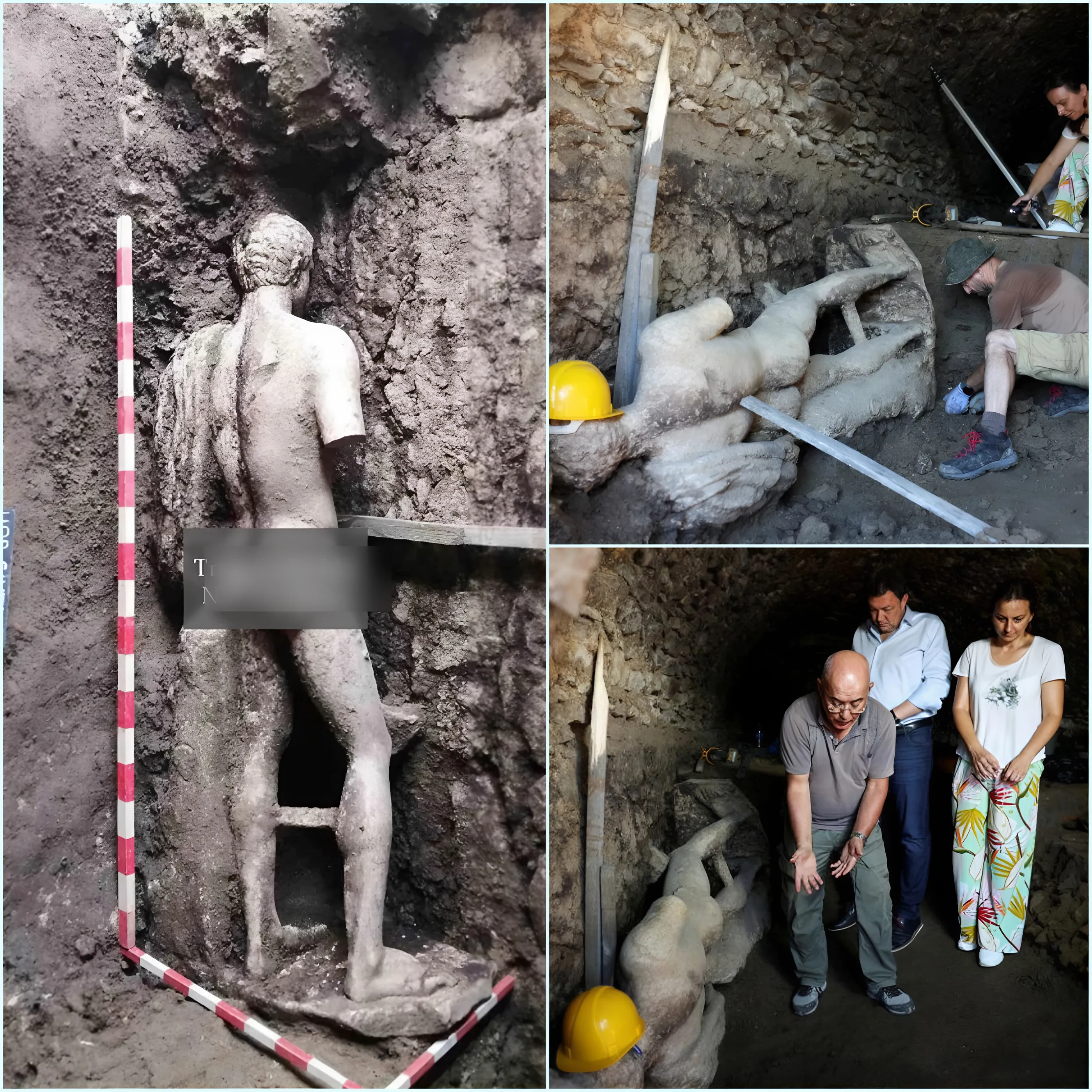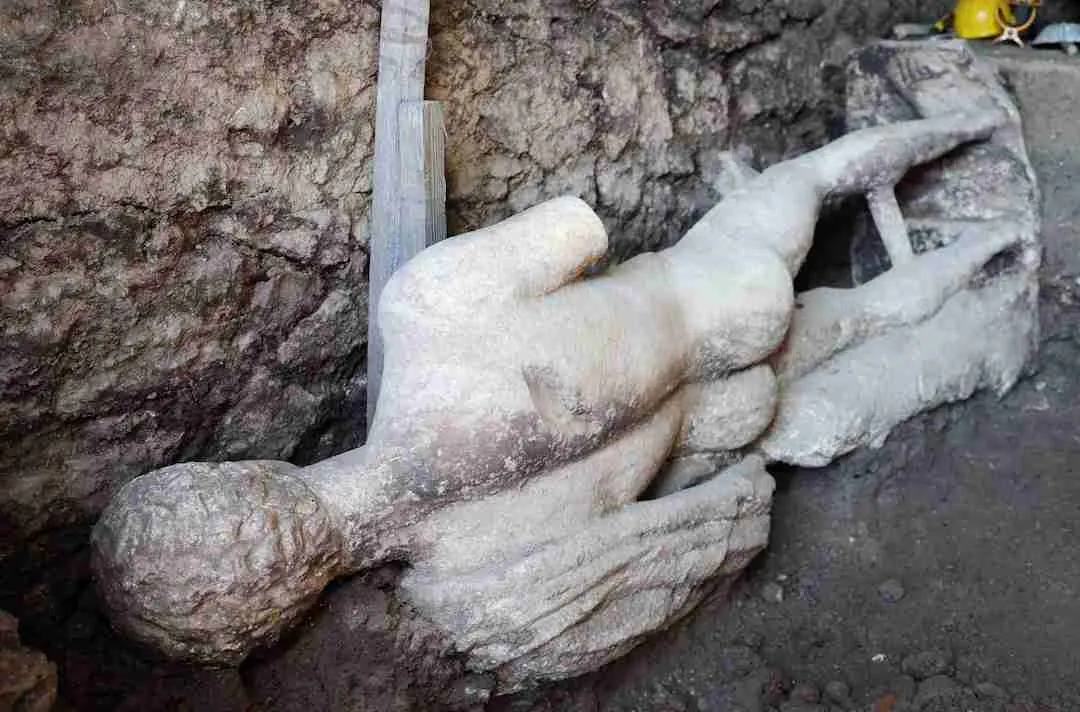The discovery of the nearly 7-foot statue of Hermes in Bulgaria is indeed significant. Here are some key points about the find and its context:

1. **Location and Discovery**: The statue was uncovered near Bulgaria’s southeastern border with Greece, specifically during an excavation of an ancient Roman sewer in the city of Heraclea Sintica. This city was founded by King Philip II of Macedon between 356 and 339 BC.

2. **Condition and Description**: The Hermes statue is reported to be in very good condition, with its head preserved. It is made of marble and is believed to be a Roman copy of an original Greek statue.
3. **Historical Context**: The city of Heraclea Sintica faced significant challenges, including a powerful earthquake around 425 AD that devastated much of its infrastructure, including the civic basilica. The area also experienced flooding from the nearby Strumeshnitsa River, affecting the forum.
4. **Cultural and Religious Shifts**: By the time the statue was placed in the sewer, Christianity had become the official religion of the Roman Empire, leading to the banning of pagan symbols and practices. Despite this, the inhabitants of Heraclea Sintica evidently took care to preserve their old religious artifacts, such as the statue of Hermes.
5. **Archaeological Insight**: The discovery provides archaeologists with valuable insights into the religious practices and cultural life of the ancient inhabitants of Heraclea Sintica. It highlights their efforts to preserve elements of their religious heritage even as societal changes occurred.
Overall, the discovery of the Hermes statue underscores the complex interplay between ancient religions and societal transformations during the late Roman period in this region.





